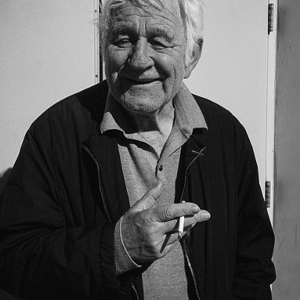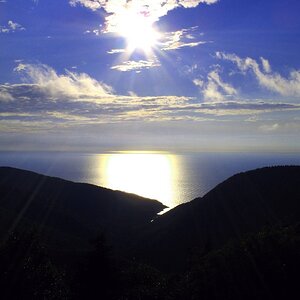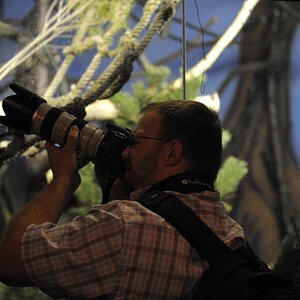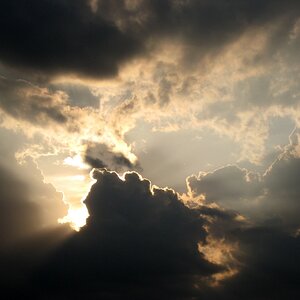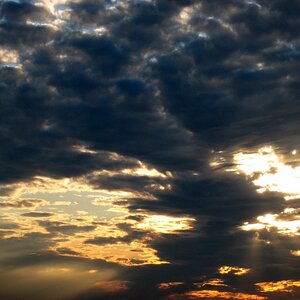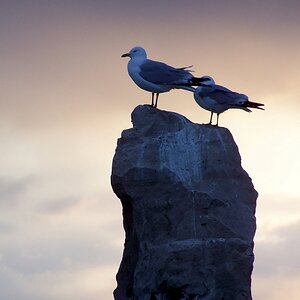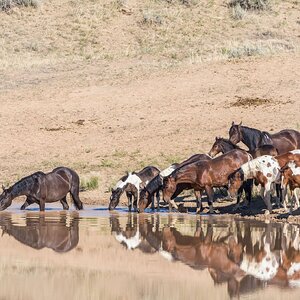New Hampshire
TPF Noob!
- Joined
- Jan 16, 2007
- Messages
- 250
- Reaction score
- 2
- Location
- Goffstown, NH
- Can others edit my Photos
- Photos OK to edit
I bought a circular polarizer to use with my 35mm SLR. I went to use it as described many times before (i.e. rotate the filter front untill you see the reduction in glare you want.) Well, rotating it really does not change what I see through the lens at all. To be fair, as far as I could tell from what I did see through the lens it looked like there was no glare anywheres. But just the point being I did not see any change like was noted. So I read that modern SLRs use different mirrors with half silvering or something like that. Will this really be a big deal or should I not worry as long as what I see looks ok?
Brian
Brian




